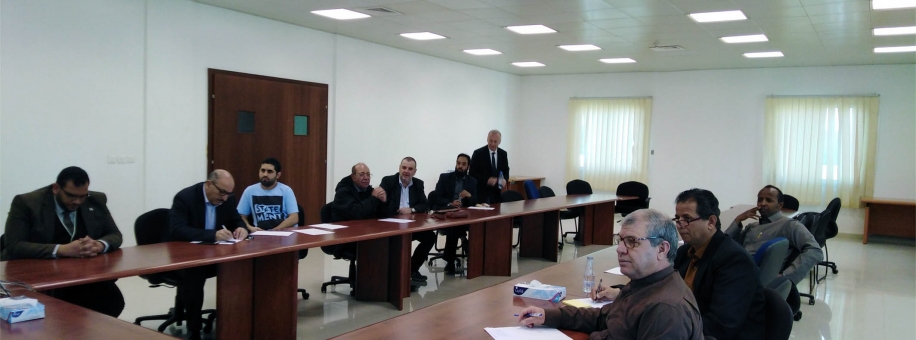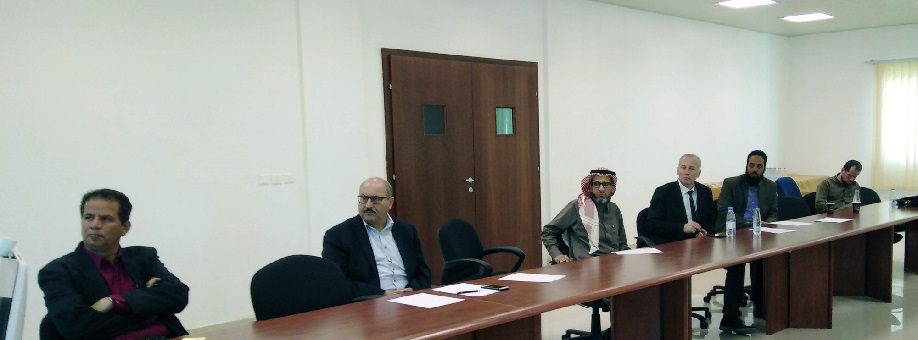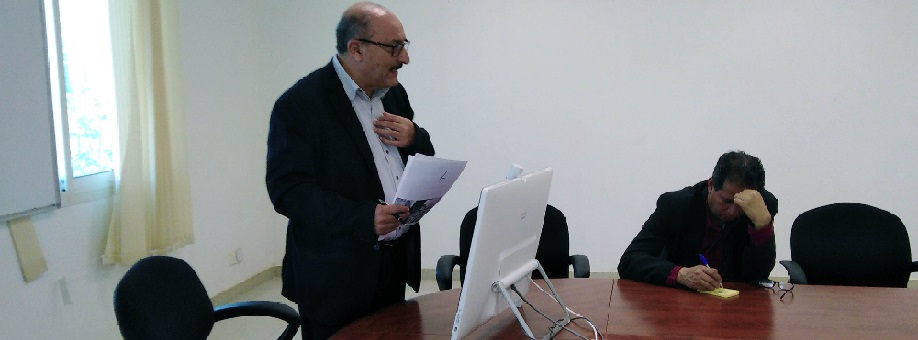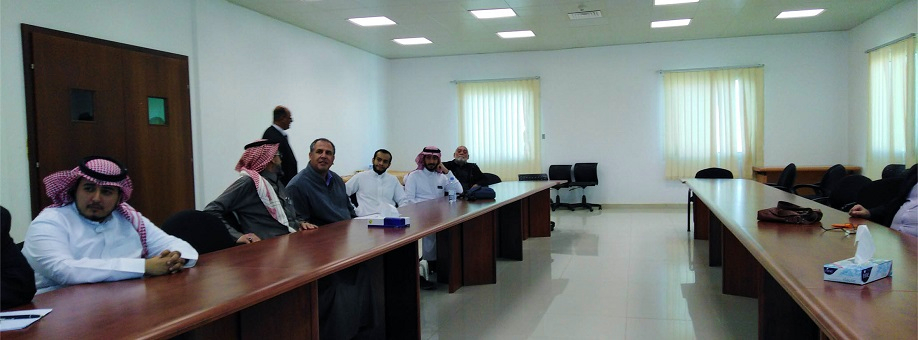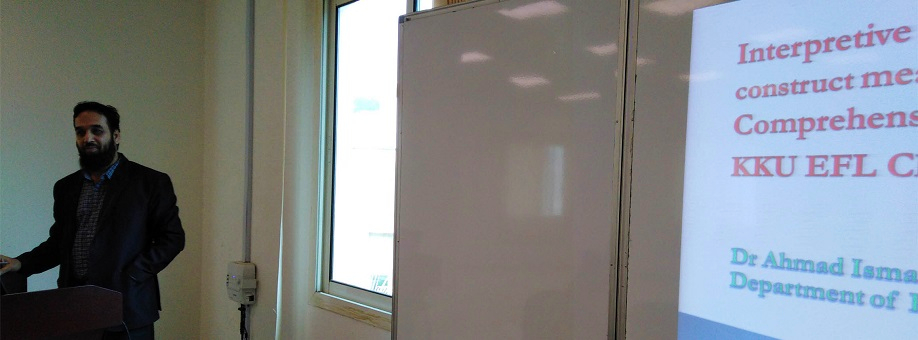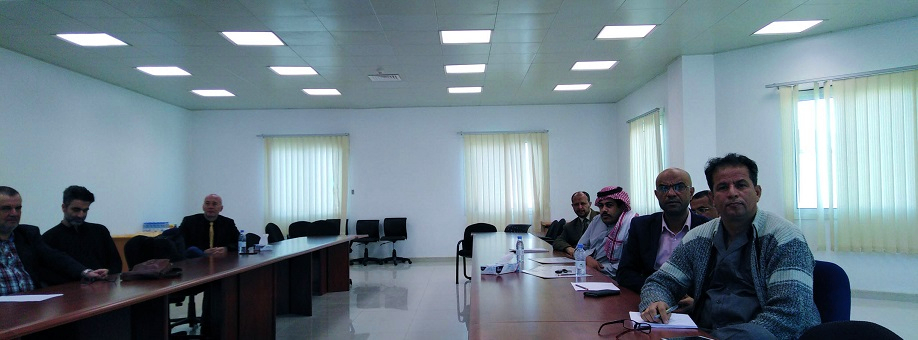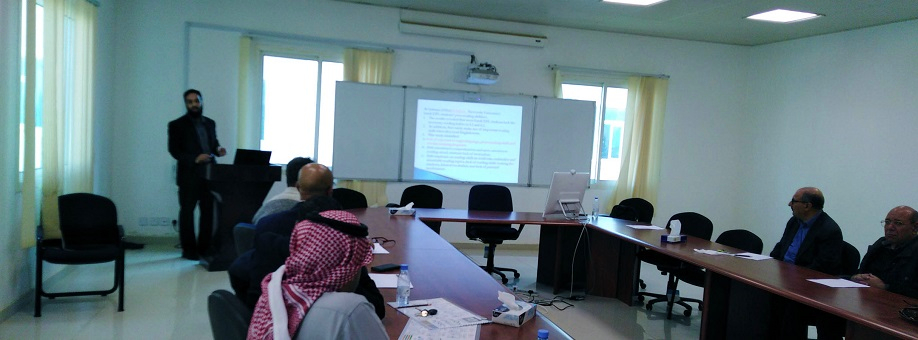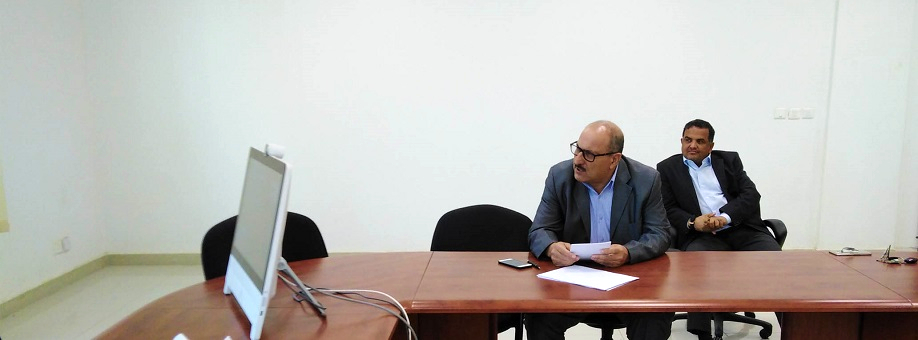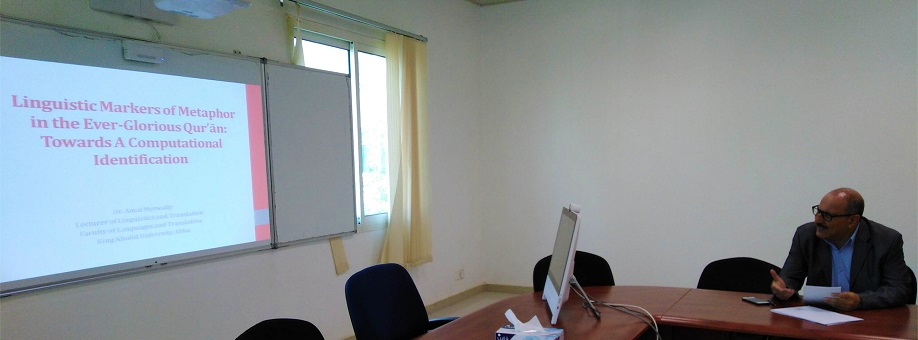Virtual Teaching of English Courses: Ways to Make it Effective
Ms. Amatul Hafeez Alvi conducted a workshop on Virtual Teaching of English Courses: Ways to Make it Effective, at a webinar organized by the Language Research Center on September 16, 2020.
Alvi started the session by stating the objectives of the webinar – creating interactivity, reliability in building online learning experiences, forging online connections to build the teacher-learner relation, the application of key principles to create teaching presence and avoidance of "turning off" students to the online paradigm.
First, she emphasized the proper knowledge a teacher should have about instructional technology. She specifically focused on being familiar with devices, the Internet, e-content, related problems associated with the course website and connectivity. She also added the importance of having proper knowledge of how to handle problems with students and troubleshoot them efficiently.
Secondly, Alvi emphasized the teacher's presence. She focused on how a teacher should introduce himself or herself by, for instance, uploading an introductory video or emailing. Doing this, at least, can create an impression that the teacher is around. A teacher should use both synchronous and asynchronous communication methods to connect with the learners, she added. Furthermore, she stressed on being a reflective teacher who is able to evaluate himself or herself after what he or she has done.
Alvi also talked about fostering communication by being a role model, allowing students to know each other, creating a safe learning atmosphere and social opportunities, and emphasizing teamwork. Clarity and simplicity are also essential in designing a course, said Alvi. A teacher must be able to consider different learning styles, she added. For example, there are visual, auditory, and kinesthetic learners who acquire things differently.
Alvi concluded that a teacher must keep on searching for new ideas, for example, from the Internet and colleagues.
The webinar was very interactive and a great success with the active participation of both male and female faculty members from the Bachelor of Arts in English program.
Date: 9-16-2020
Source: Mohammad Adil Siddique

